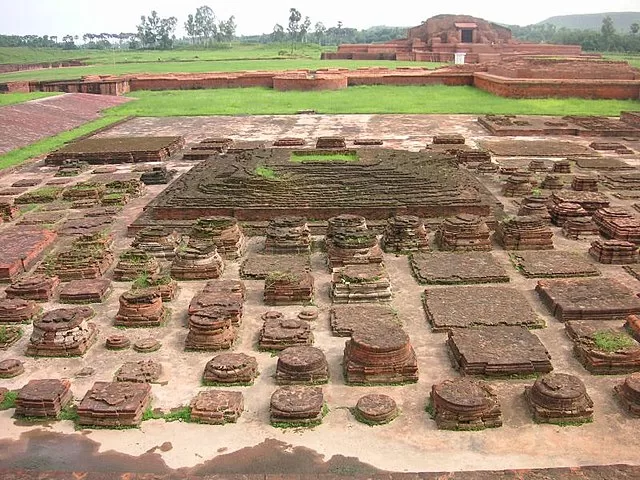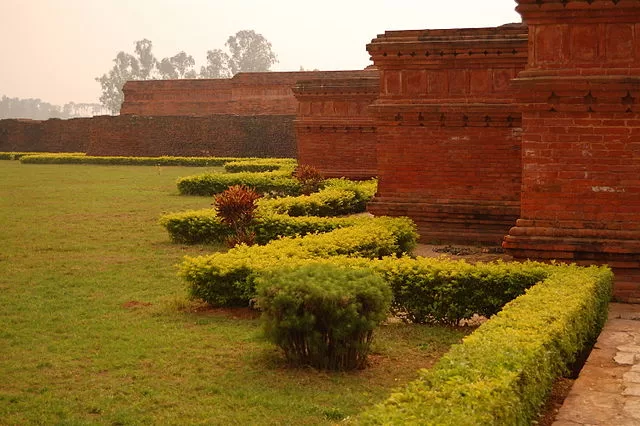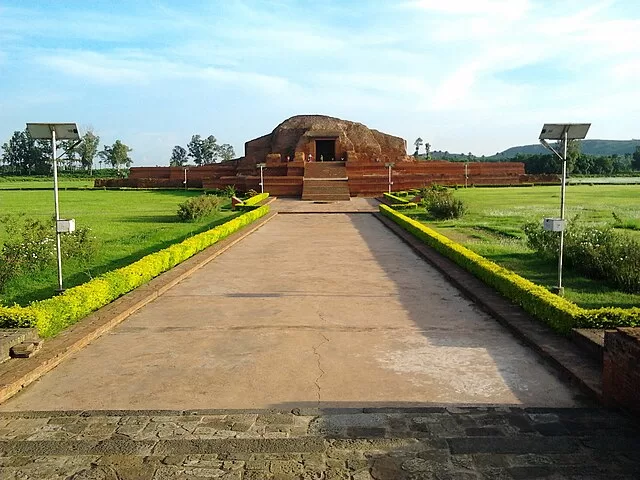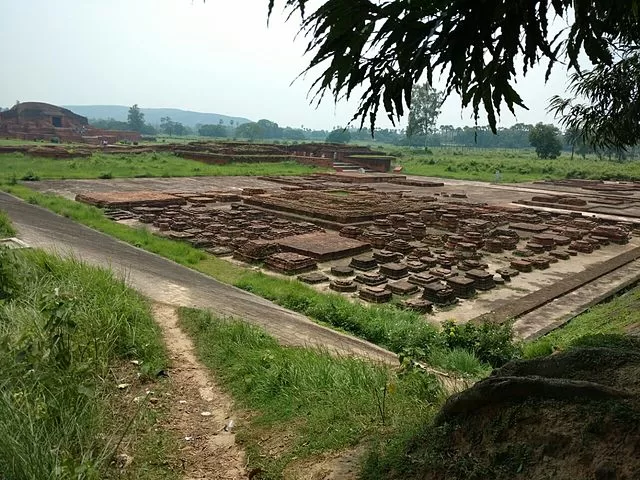Vikramshila, an ancient seat of learning, nestled in the northeastern part of India, was once a thriving Buddhist university. Established during the Pala dynasty’s reign in the 8th century, Vikramshila served as a prominent center for education and Buddhist studies for several centuries. Despite its historical significance, Vikramshila remains largely forgotten today. In this article, we will delve into the rich history of Vikramshila and explore its role in shaping ancient India’s intellectual landscape.
The Founding of Vikramshila
At its peak, Vikramshila was one of the two most important Buddhist universities in India, the other being Nalanda. King Dharmapala of the Pala dynasty founded the university in the late 8th century CE. Named after the legendary ruler Vikramaditya, Vikramshila flourished as a prestigious institution of learning and spiritual enlightenment.
The Glory Days of Vikramshila

Vikramshila gained eminence for its curriculum, which encompassed a wide range of subjects such as philosophy, grammar, logic, medicine, and metaphysics. It was an intellectual melting pot where scholars from across the world congregated to share knowledge and ideas.
1. Architecture and Layout
The architectural brilliance of Vikramshila reflected the grandeur of its academic pursuits. The sprawling campus housed numerous monasteries, lecture halls, meditation centers, libraries, and residential quarters for monks and students.
2. The Influential Scholars
Vikramshila boasted a galaxy of revered scholars who significantly contributed to Buddhist literature and philosophy. Notable figures like Atisha Dipankara, a renowned teacher, and scholar, added to the university’s prestige and attracted students from far and wide.
Decline and End of an Era

Vikramshila’s golden era came to a gradual decline in the 12th century, primarily due to the Turkish invasions that plagued the Indian subcontinent. The once-flourishing university fell victim to the ravages of time, as invasions disrupted its peaceful existence.
1. Turkish Invasions
The arrival of Turkish invaders, who were less tolerant of other religions, led to the desecration and destruction of many Buddhist establishments, including Vikramshila. The looting and pillaging took a severe toll on the university’s infrastructure and its ability to function as an academic institution.
2. Shift in Centers of Learning
As political power shifted to other regions in India, centers of learning also moved away from Vikramshila. This shift further contributed to the university’s decline, as scholars and students sought refuge in safer and more stable areas.
Rediscovery and Preservation
For centuries, Vikramshila lay buried under the sands of time, forgotten by the world. However, in the 19th century, British archaeologists stumbled upon the ruins of this ancient seat of learning, rekindling interest in its historical significance.
1. Archaeological Excavations
Systematic excavations were undertaken, unearthing valuable artifacts, scriptures, and architectural remains. These discoveries offered valuable insights into the lives of ancient scholars and the teachings imparted at Vikramshila.
2. Preservation Efforts
Recognizing its cultural importance, the Indian government took steps to preserve and protect Vikramshila’s remains. The site was declared a protected monument, and measures were implemented to safeguard it from further deterioration.
Vikramshila Today: A Tourist Attraction

Presently, Vikramshila stands as a poignant testament to India’s ancient intellectual prowess and spiritual heritage. The site, now open to tourists and pilgrims, attracts visitors from around the world, eager to explore the remnants of this once-vibrant university.
Conclusion
Vikramshila, the forgotten ancient seat of learning, exemplifies the intellectual vibrancy that once characterized ancient India. Despite its decline, the legacy of Vikramshila lives on through the pages of history. As we uncover the stories of such illustrious institutions, we gain a deeper appreciation for the richness of our past.
FAQs
1. What is Vikramshila and why is it historically important?
Vikramshila was one of the ancient great universities of India, founded during the Pala dynasty around the 8th century. It was a major center for Buddhist learning and played a key role in spreading Buddhist philosophy and culture across Asia.
2. Where is Vikramshila located?
Vikramshila is located in the Bhagalpur district of Bihar, India. Today, it is an archaeological site that attracts historians and tourists interested in ancient Indian education and architecture.
3. How did Vikramshila differ from Nalanda University?
While both were prominent Buddhist universities, Vikramshila was particularly known for its focus on tantric Buddhism and intensive study of Buddhist scriptures, whereas Nalanda had a broader curriculum including secular subjects like logic, grammar, and medicine.
4. What caused the decline of Vikramshila University?
Vikramshila declined mainly due to repeated invasions, especially by Turkish Muslim forces in the 12th century. These attacks disrupted the academic activities and eventually led to the university’s destruction.
5. Are there any remains or ruins of Vikramshila visible today?
Yes, the archaeological remains of Vikramshila include brick structures, stupas, and monastery foundations. These ruins give us a glimpse of the grandeur of this ancient institution and are preserved as a protected site by the Archaeological Survey of India.


